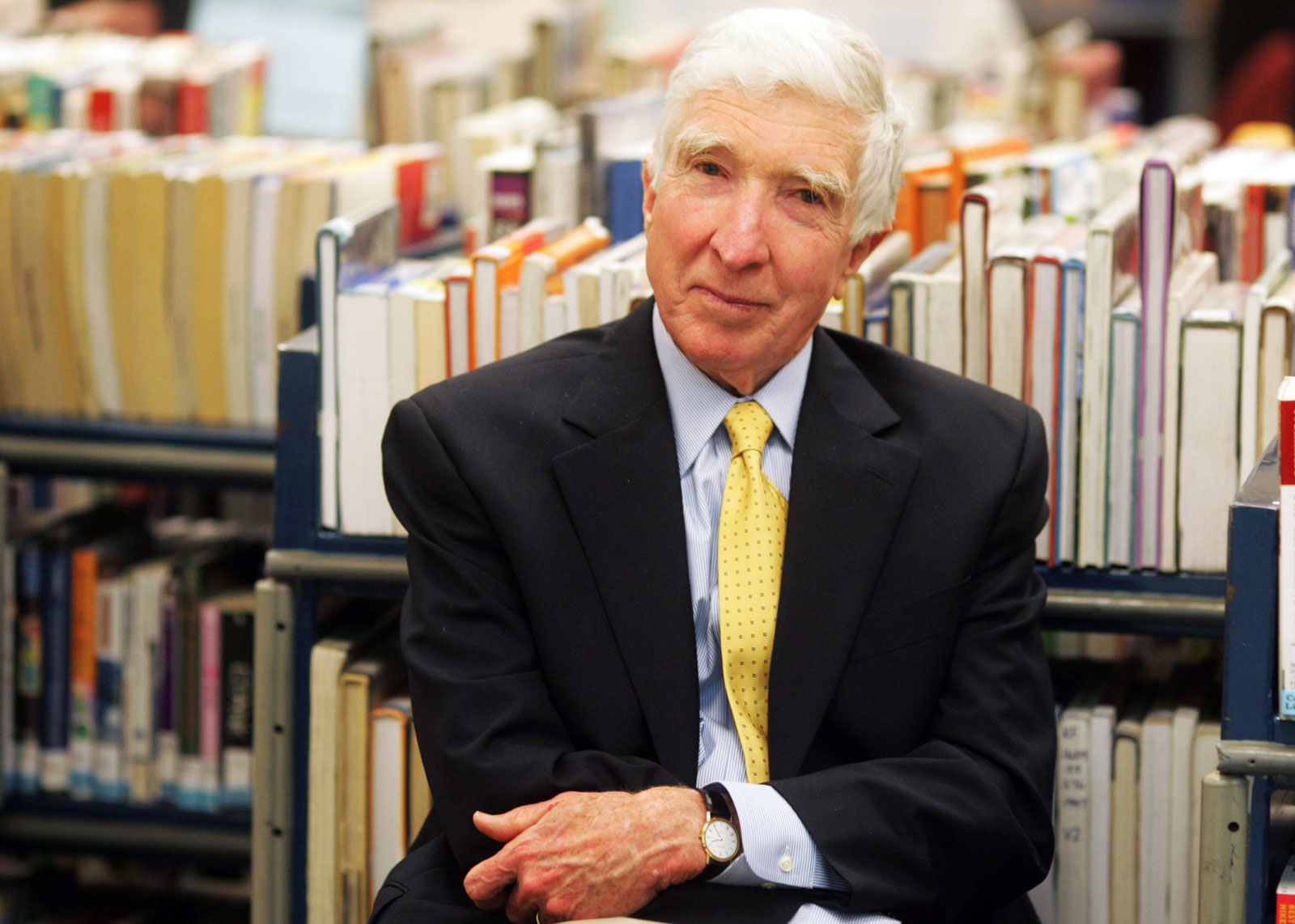
John Updike (1932-2009) was one of America's foremost men of letters. During his prolific career, Updike published more than 25 novels. He also published over a dozen short story collections, numerous poems, professional criticism, and a memoir. Few writers in our time have come close to rivaling his elegance and craftsmanship. Updike created his best-known character, a former high school basketball star named Harry "Rabbit" Angstrom, in the 1960 novel 'Rabbit, Run.' Later, Updike returned to the character in three more novels and a novella. Updike won the Pulitzer Prize and the National Book Award in 1982 for 'Rabbit is Rich' and another Pulitzer in 1991 for 'Rabbit at Rest.' He also scored the National Book Award in 1964 for his novel 'The Centaur,' which follows a depressed school teacher and his anxious son in rural Pennsylvania. In addition to these literary accolades, Updike received numerous honors from the White House, including the National Medal of Art from President George H.W. Bush in 1989 and, in 2003, the National Medal for the Humanities from President George W. Bush. Updike was one of the very few Americans to receive both of these honors.
When Updike arrived at Harvard in 1950, he had already received recognition for his writing as a teenager through winning a Scholastic Art & Writing Award. As an undergraduate, he continued his interest with the literary arts. He wrote stories and drew cartoons for the Harvard Lampoon humor magazine, serving as the magazine’s president in his senior year. At Harvard, Updike was on a full scholarship and well-liked by his classmates. During his final year, he wrote a thesis on the seventeenth-century English poet Robert Herrick, and graduated summa cum laude in 1954 with a Bachelor of Arts degree in English. Additionally, he was elected to Phi Beta Kappa.
Updike maintained his association with the University long after graduation, receiving the Harvard Arts Medal in 1998 and an Honorary Doctor of Letters from Harvard in 1992 during his alma mater's 341st commencement. A tireless writer, he also contributed to several Harvard publications, and, beginning in the 1960s, deposited his papers at the Houghton Library, continuing to add to that archive until the end of his life. After the writer's death, his alma mater acquired even more of his papers, making it the definitive collection of Updike material. This move positioned Harvard as the center for studies on the author’s life and work for anyone daring to follow in Updike’s enormous literary footsteps.
